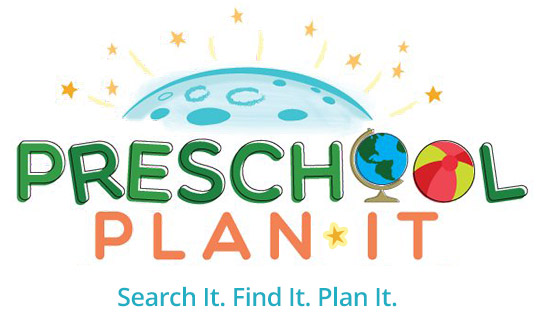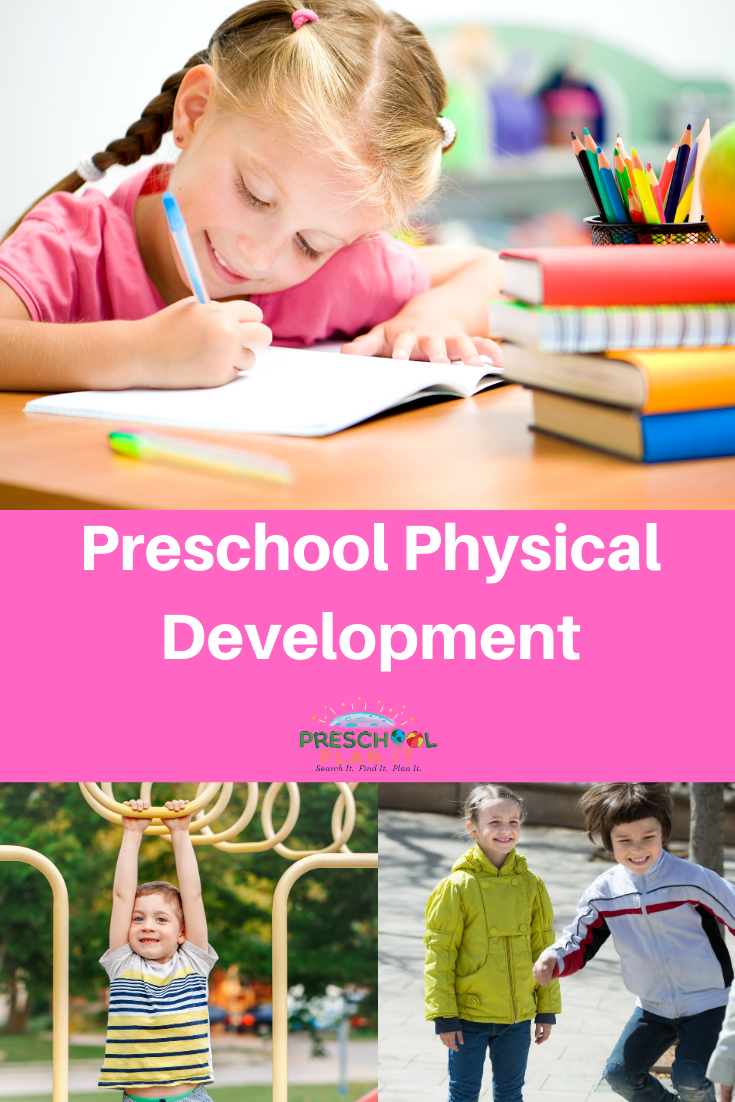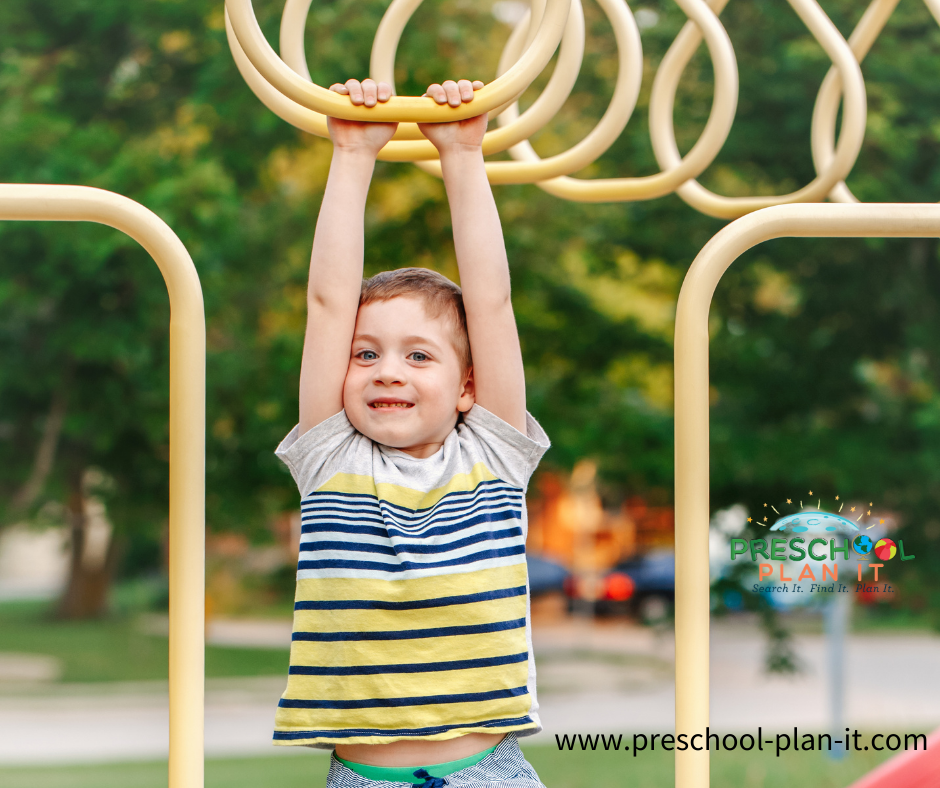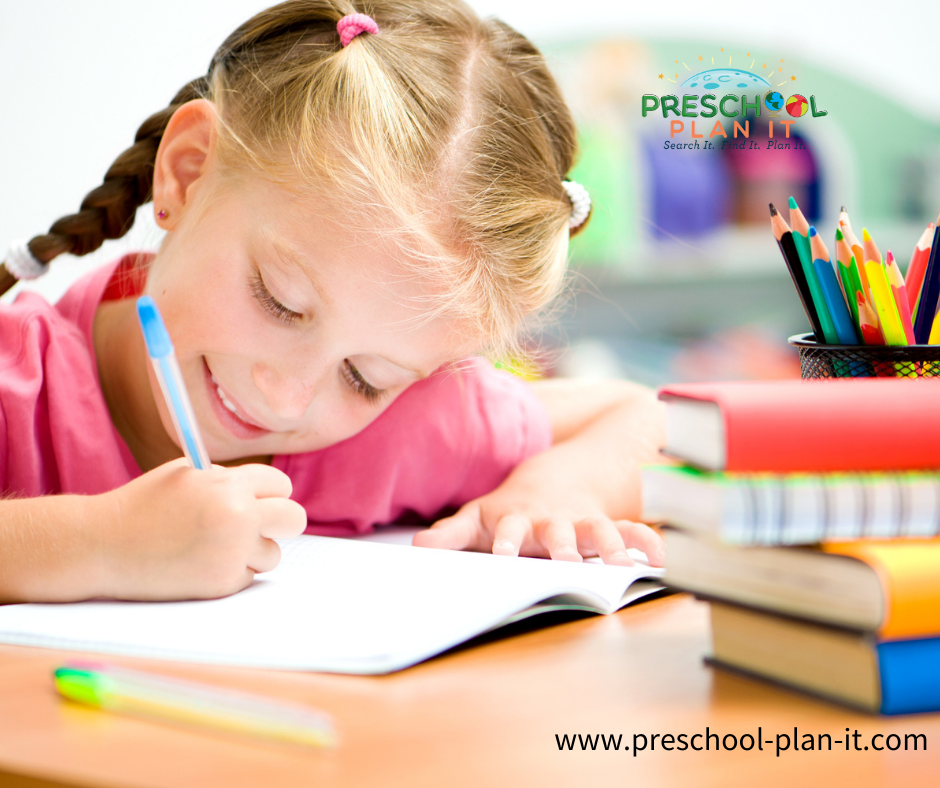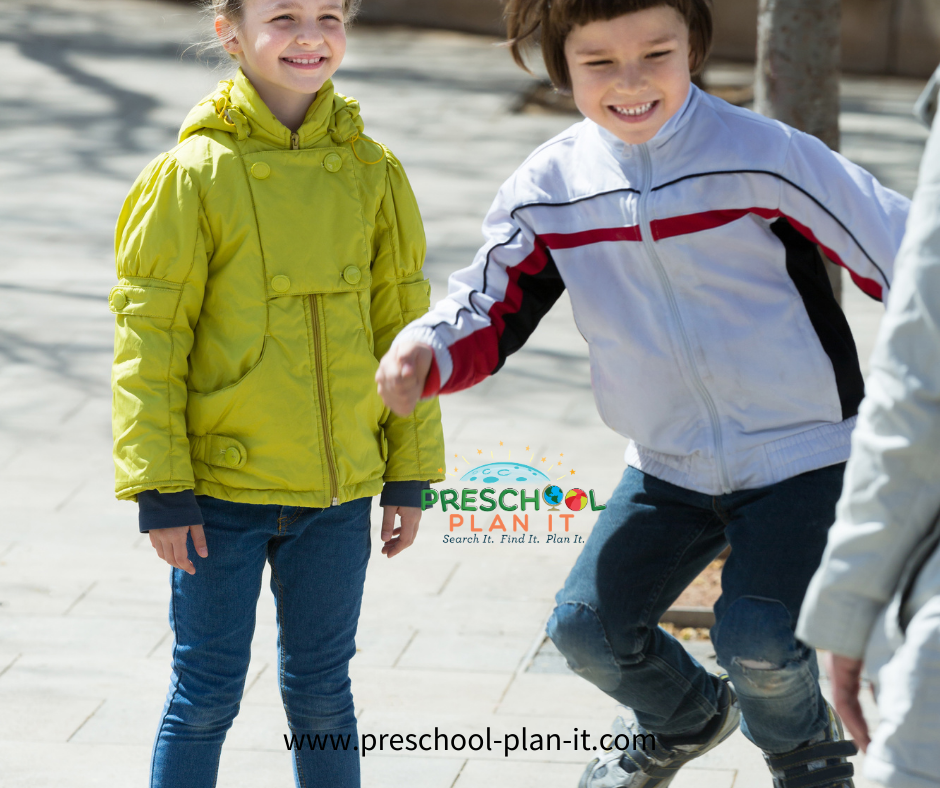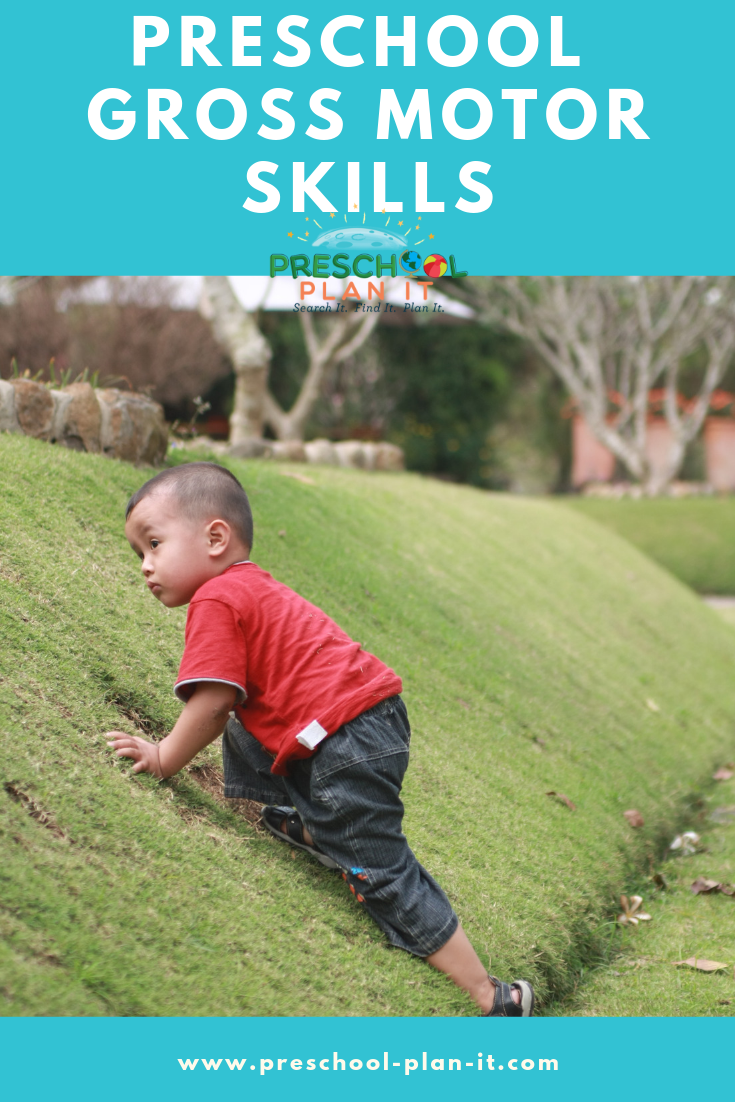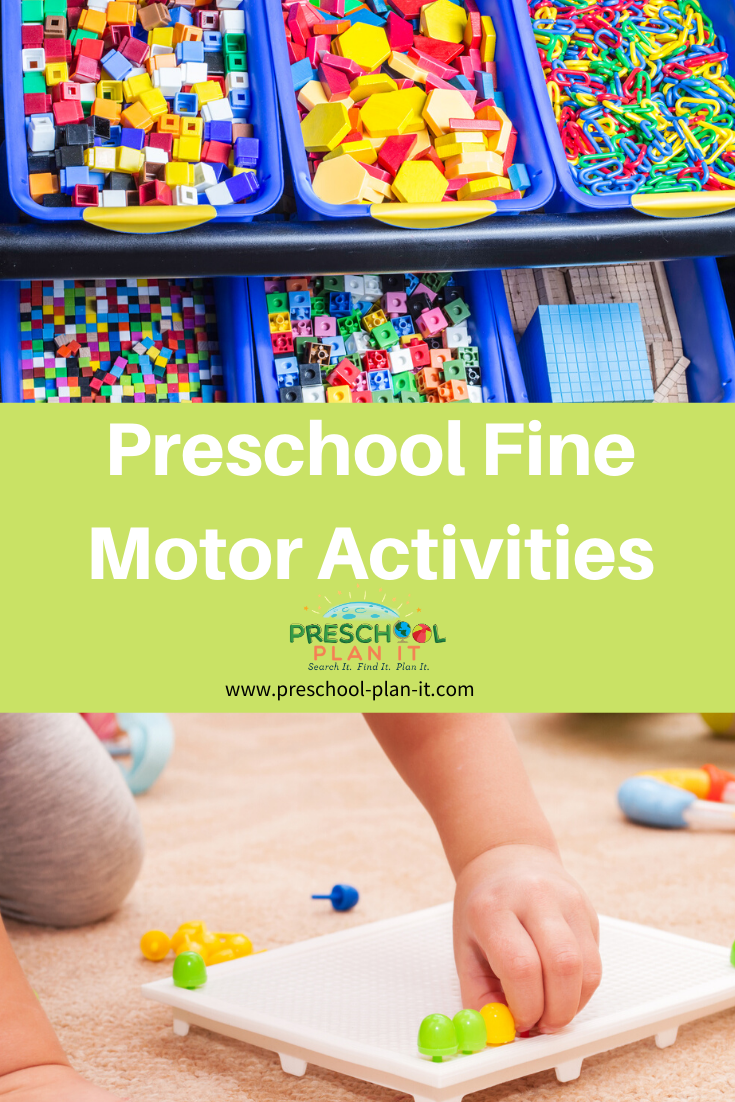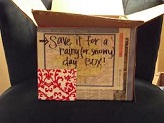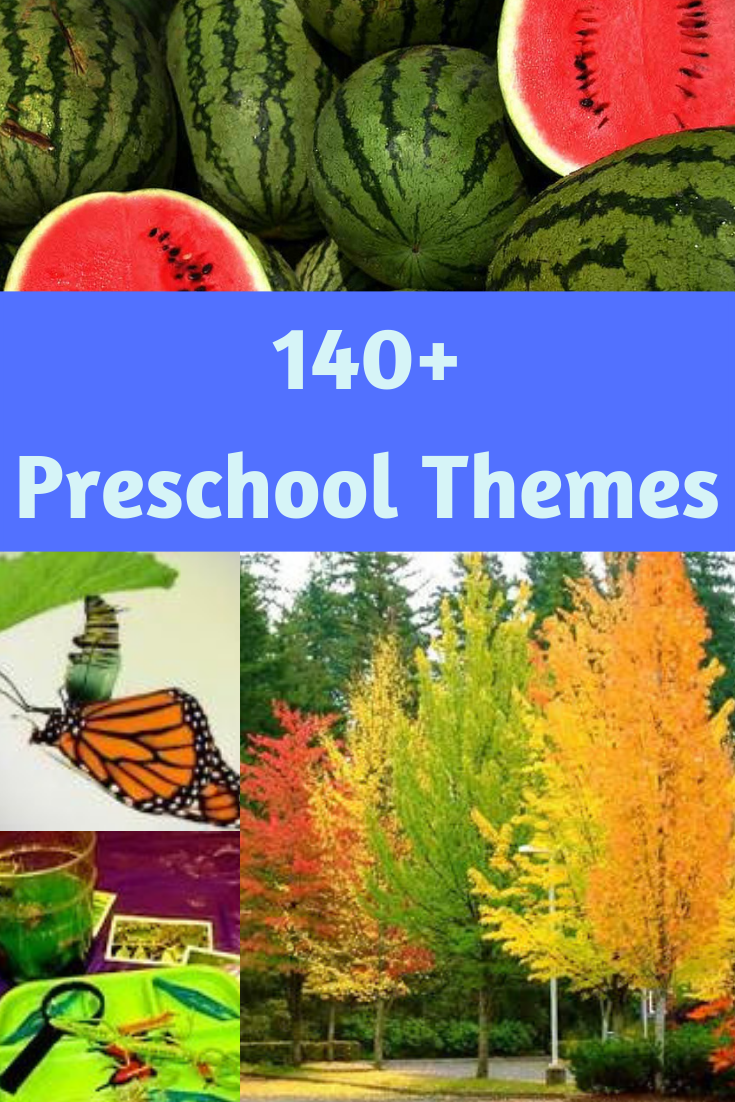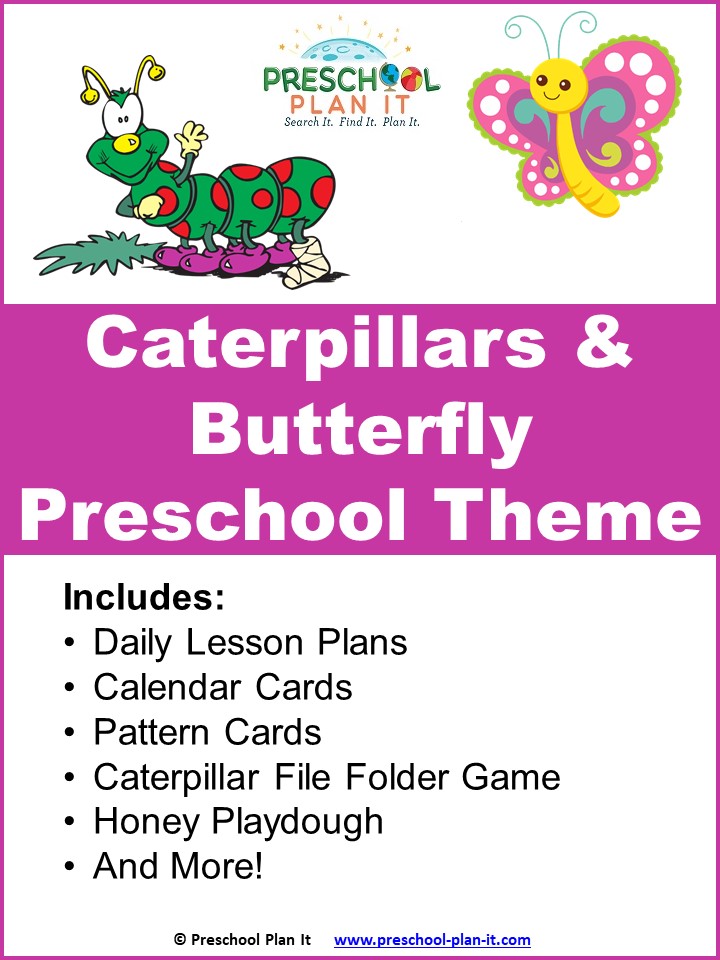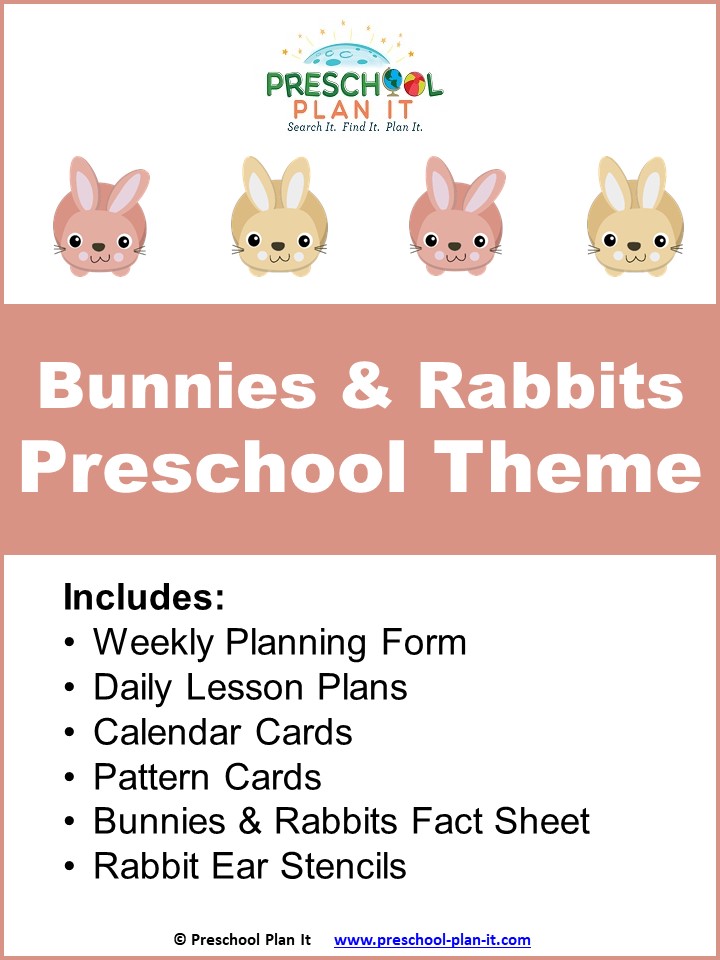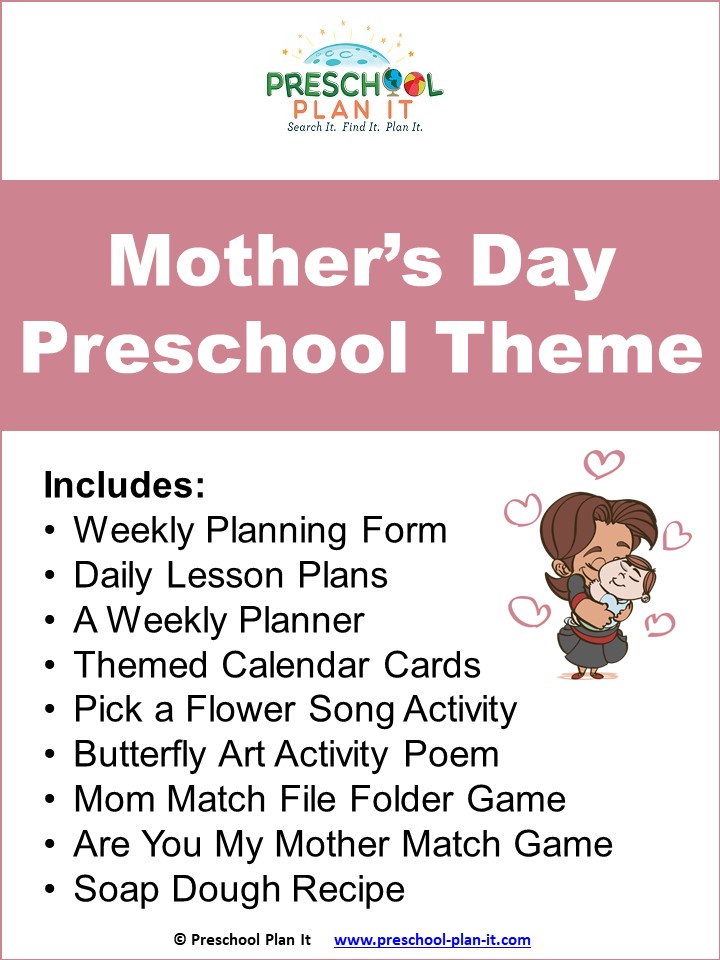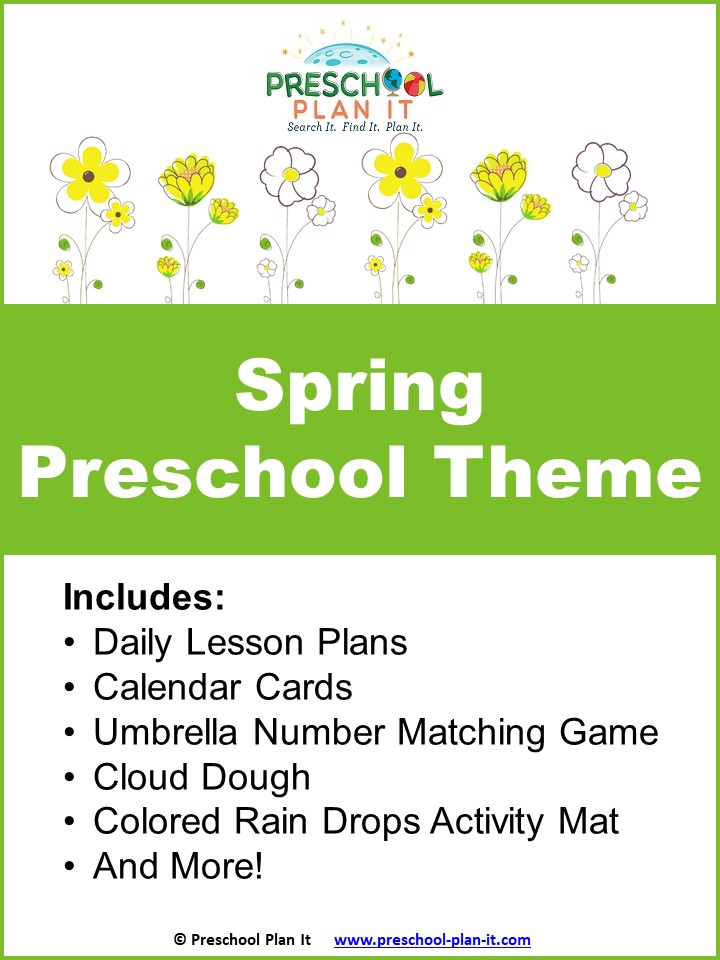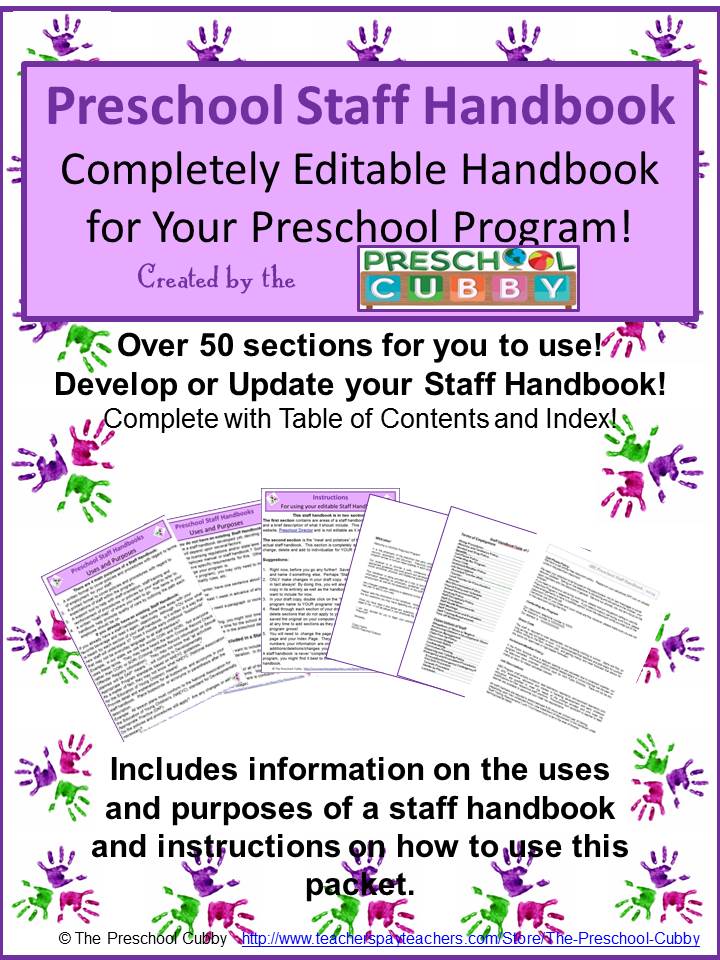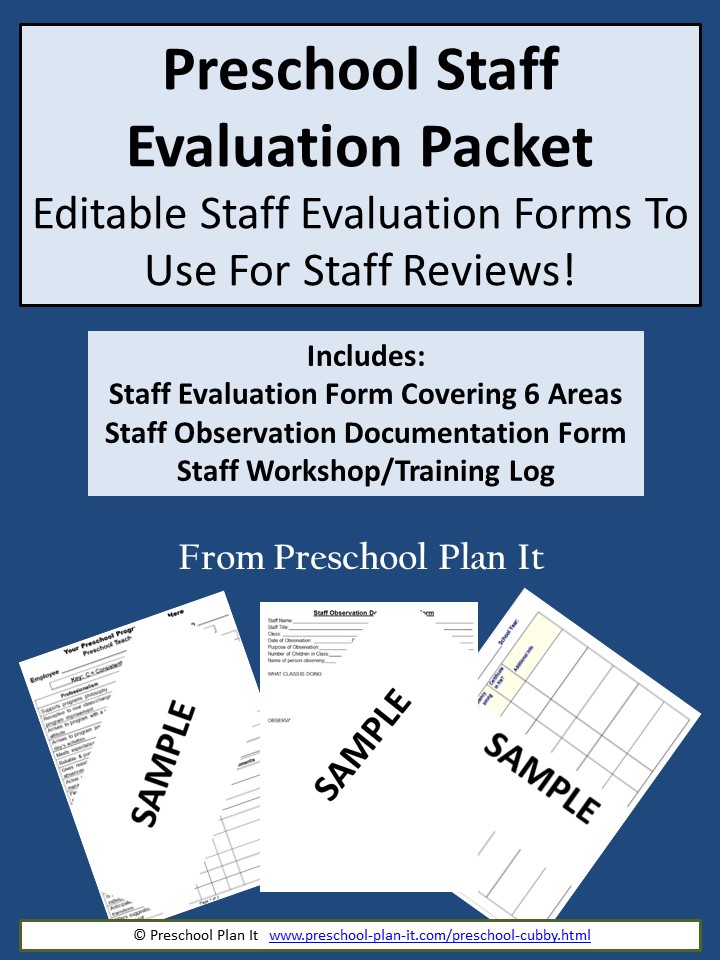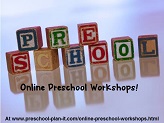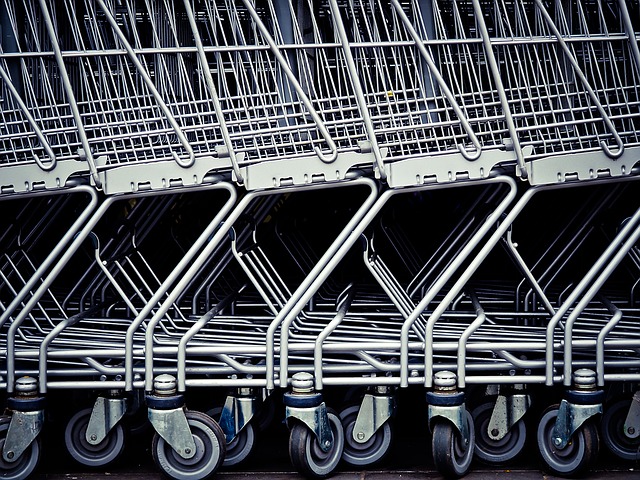- Theme Packs
- Themes
-
Preschool Planning
- Preschool Teachers

Preschool Physical Development
Children's physical development happens in each child's own time and in their own way. Preschool physical development is a continuation of the development that happens in the earlier years.
Preschool Gross Motor
An early childhood educator observed the physical development in the early years of her friend's one month old, twin baby girls.
She noticed that one baby loved to stretch and wiggle.
She'd kick her feet and stretch her arms. Only occasionally did she curl up in a ball and snuggle.
She liked to lay on her tummy on someone's lap and lift her head up or lay on their shoulder and pull her head away from the adult's body.
The other baby would curl up in a little ball and snuggle. She occasionally stretched and kicked and moved her arms. She didn't make much of an attempt to lift her head at that point but was content to lay on her back in an adult's arms swaddled all comfy cozy.
Both babies were developing normally. They both were developing in their own way and in their own time. Some day they will both sit and crawl and walk and later run. Maybe they will even ski or play soccer like their brothers.
Children need a safe and stimulating environment and opportunities to move to the next level of physical skill with encouragement from supportive adults.
But as is true of all areas of physical development: first things are first.
We certainly wouldn't expect a baby to get up and walk before she was able to lift her body and chest off the ground.
As babies learn to walk, we hold them up until they are steady and stand close by to catch them if they fall.
We make sure they are not learning to walk on cement or some other inappropriate surface. We are patient because we know they will walk when they are ready.
Gross Motor Development in Preschool
We encourage physical development in preschoolers the same way. We provide them with safe places to play. We provide them with a stimulating environment in which to test their wings. And we stay close by and support their efforts.
It is so enjoyable to watch the children in your preschool classroom as they became more proficient and confident climbing up the half arch climber to the slide or moving hand-over-hand across the bars (with your support) to reach the walkway on the other side.
Many preschoolers are reluctant to take risks and stretch their physical development and others show no fear at all!
Some would sit on the edge of the equipment waiting for a turn on the hand-over-hand bars but would change their minds when their turn came.
As teachers, we can encourage them to try new things, and offer our support and assistance as needed to help them build confidence.
Every day preschoolers try new things. Some may eventually get up the nerve to hang from the first bar and drop to the ground (a foot and a half below) with the assistance of a teacher.
Once they became more confident they will work every day to swing their little bodies back and forth trying to get to the other side. They would move one or two more rungs each day.
When the day comes that they are successful in their enterprise it is reason to celebrate.
Nothing is more precious than the look of pride on the face of a small child.
Climbing structures can be one of those activities that creating fear as well. You may see one of your preschoolers halfway up the structure or even halfway up the steps to the slide who won't go further up and won't come down. They are frozen and scared of the risk they were so excited to take.
This is a great opportunity to help guide your preschooler, one step at a time, in either direction--and applaud them for their skill to get halfway up! One day, and one risk at a time. Celebrate those seemingly small attempts!
What do teachers do when it rains or hits temperatures below zero? Have an inclement weather plan!
Keeping the importance of physical development in mind, consider your options.
If you can't go into the gym (or don't have one), is there a large space or room you can use?
If not, push back some of the furniture or work around it. You can march, hop, skip, dance, jump, roll balls, throw bean bags in the trash can, or make an obstacle course out of whatever you can find...or go on a 'bear hunt'!
Preschool physical development calls for some intentional planning just like the other areas of development. We are tuned into the children in our classroom.
We notice what each child needs. We play with them and encourage them and offer just the right amount of assistance.
Hopefully our children will enjoy physical activity so much that they will want to play outside at home or at the local park with their families.
They will find physical activity attractive and choose it over constant eating, television, and video games. Our goal should be to raise a generation of healthy happy people.
Fine Motor Development in Preschool
No discussion about physical development would be complete without some conversation about fine motor development in preschoolers.
Children develop strength and coordination in their hands and fingers in stages just as the baby learns to hold up its head before it can crawl or walk.
Just like the baby who carefully pulls himself up to standing before he walks, there are many things a preschooler needs to be able to do before he can write the alphabet. There are even things he needs to be able to do before he can draw shapes.
A preschooler needs to be able to strengthen the muscles in his her hands and fingers just like the child on the hand-over-hand bars strengthened the muscles in his arms.
Preschoolers need to develop eye-hand coordination before he can control the pencil. A child can't write various letters when he can't tell one letter from the other.Providing children with an opportunity to write every day is a wonderful thing. Remember that some may scribble and others may print letters or words. They are right where they should be. It comes in stages and offering the tools to practice throughout your classroom is one of the most supportive pre-writing activities you can provide!
You can promote fine motor physical development in all areas of your classroom. Nearly all manipulatives are great for fine motor development. Small sized snacks like Cheerios and Goldfish crackers are good for helping children develop a pincer grasp.
Preschoolers love to write on chalkboards and white boards. They also like to write with their fingers in shaving cream and sand or salt or finger paint. If you put writing materials in all of the centers children will write, each at his own level of development.
One of my favorite fine-motor activities is letting the children string beads, macaroni or buttons (good for developing the ability to move hands in opposing directions). Duplo (LEGO) blocks are usually a high interest toy.
Play dough is also great for developing fine motor skills. Add plastic scissors to the play dough in order to add another level of fine motor development. Using clay is also wonderful! It really works those small muscles!
Before expecting children to cut out intricate shapes or even circles let them clip paper, cut strips etc. Some teachers like to put paper and scissors in the discovery table (sand table) and let children clip and cut as much as they like.
Preschool Physical Development - Summary
When planning activities for preschool physical development skills (fine or gross motor), be aware of the child's level of development.
Provide materials and opportunities for children that will take them from where they are now to the next stage.
Provide them with lots of encouragement! You will be their best cheerleader as they discover they can do things they never imagined they could.
Other Articles You Might Like:
Go to Preschool Plan It's Home Page


Hey there! Welcome to Preschool Plan It! I’m Cheryl, a preschool teacher of over 20 years.
I KNOW, I know, you spend hours of time developing your preschool themes, activities and preschool lesson plans each week. You are commited to planning preschool themes and activities that are engaging hands-on, interactive, fun AND meet the goal of supporting each child’s level of growth and development.
I am commited to providing you, the preschool teacher, with everything you need to develop preschool lesson plans and preschool activities for your classroom all in one place!
READ MORE
Join My Free Preschool Teacher Tips Newsletter
You’ll receive a weekly email with planning tips and teaching ideas.
You'll also receive (on the 1st of each month) a free theme starter pack with some printables and activity ideas to get you started planning a theme!Join Now and Get Your First Theme Right Away!
© Copyright 2010-2025 Preschool-Plan-It.com | All Rights Reserved | Privacy Policy & Disclaimer
- Preschool Teachers
